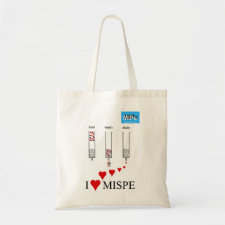
Authors: Murray GM, Arnold BR, Kelly CA, Uy OM
Publication date: 2001
Article title: Imprinted polymer sensors for contamination detection.
Page numbers: 131-139
DOI: 10.1117/12.418722
Proceedings title: Photonic Detection And Intervention Technologies For Safe Food
Editors: Chen YR, Tu SI
Publisher: The International Society for Optical Engineering
ISBN: 0277-786X
Volume number: 4206
Abstract: Molecular imprinting is a useful technique for making a chemically selective binding site. The method involves building a synthetic polymeric scaffold of molecular complements containing the target molecule with subsequent removal of the target to leave a cavity with a structural memory of the target. Molecularly imprinted polymers can be employed as selective adsorbents of specific molecules or molecular functional groups. The imprinted polymers can be fashioned into membranes that can be used to form ion selective electrodes for an imprinted ion. By incorporating molecules or metal ions with useful optical properties in the binding sites of imprinted polymers, spectroscopic sensors for the imprinted molecule may be made. A variety of metal ion selective electrodes and a Pb2+ ion optrode based on imprinted polymers have been fabricated and tested.(1-4) Additionally, a sensor for the hydrolysis product of the nerve agent Soman has been developed using a luminescent lanthanide ion, Eu(III), as optical transducer.(5) Our research continues to explore other means to employ electrochemical and optical transduction



Join the Society for Molecular Imprinting

New items RSS feed
Sign-up for e-mail updates:
Choose between receiving an occasional newsletter or more frequent e-mail alerts.
Click here to go to the sign-up page.
Is your name elemental or peptidic? Enter your name and find out by clicking either of the buttons below!
Other products you may like:
 MIPdatabase
MIPdatabase









